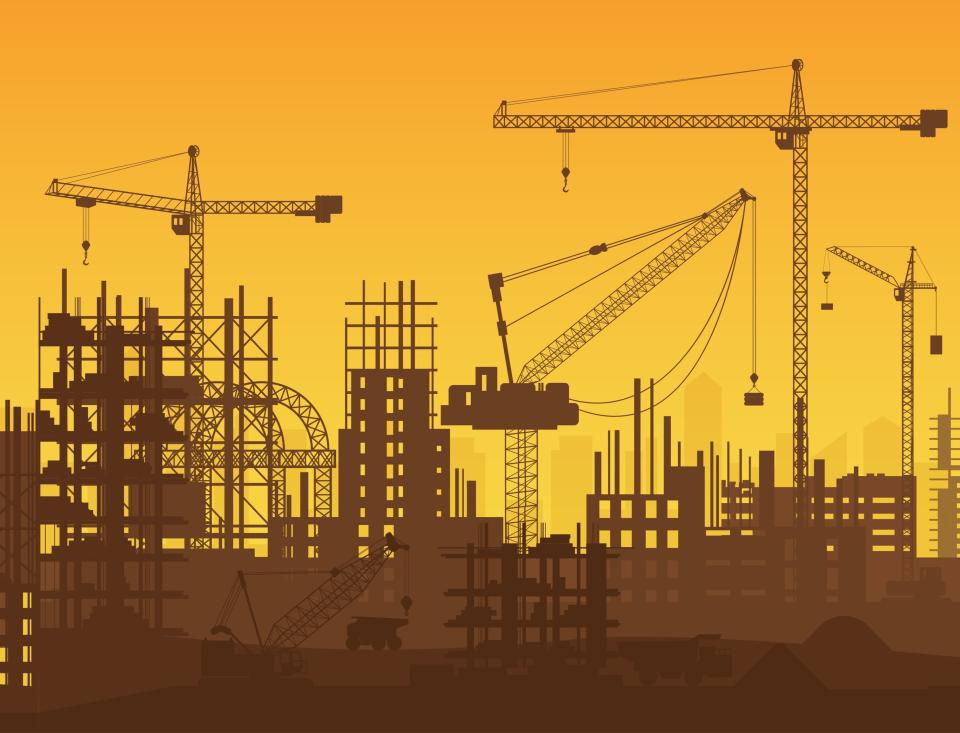In the cluttered world of sustainability expressions, catchphrases and slogans, there are two words that have risen above all other — circular economy.
The phrase may be relatively new, but the concept is as old as time. It simply involves doing more with less. Better.
It’s a philosophy that’s at the heart of everything we do at Knauf Insulation — see our new sustainability report here — but it’s also a philosophy that is reshaping contemporary sustainability practices.
Speaking at today’s International Green Building Conference in Prague and is supported by Knauf Insulation, Jean-Pierre Pigeolet our Products & Buildings Sustainability Manager said: “In 19th and 20th century linear economies, raw materials were used to produce something that was simply thrown away once it was no longer needed.”
“This is obviously no longer sustainable. At every opportunity, we need to reduce, reuse and recycle and feed valuable resources back into the economy rather than sending them to landfill.”
It is an imperative that is already top of agendas for Europe’s policy makers. The European Commission is driving an action plan of proposals — known as the Circular Economy Package — which focuses on “closing the loop” through greater recycling and reuse by extracting “maximum use from all materials, products and waste”.
In other words, getting more from less at every stage of a product’s lifecycle from design, sourcing, production and consumption to disposal or reuse.
Knauf Insulation has long been committed to Life Cycle Assessments for its products because the process offers unique insight into ways of cutting waste, reducing energy, saving water and using recycled materials at every minute stage of a product’s creation, use and disposal.
So, how is Knauf Insulation contributing to the circular economy? “Well, to start with, our Glass Wool products use up to 80% recycled glass. And, as this becomes high-quality glass ‘cullet’, it enables us not only to save virgin raw materials but can also reduce our energy use by up to 20%,” says Jean-Pierre.
“Secondly, we convert our own production waste into bales which are sold to other companies such as ceiling tile manufacturers. Since 2013 the volume of that we have valorised in this way has almost doubled.”
Thirdly, Knauf Insulation takes back waste from customers and feeds it back into its production processes. At our plant in Slovenia, for example, 7% of our material is waste Rock Mineral Wool trim from customers’ manufacturing sites.
“Finally we are looking at improving ways of recycling our insulation products when they are taken from demolished buildings. Unfortunately, there is still a lot to be accomplished before waste segregation on demolition sites can be achieved, but future landfill bans for construction debris will certainly help develop new recycling quality streams.”
Of course, Knauf Insulation is also supporting its supply partners to encourage wider support for the circular economy. “We are developing new Central Procurement processes and standardising supplier requirements and audits in line with new environmental criteria while supporting suppliers achieve ISO 14001,” says Laurent Wolters, Knauf Insulation’s Central Purchasing Manager.
ISO 14001 certification is now becoming a supplier pre-requisite for the extracted raw materials that Knauf Insulation puts into its batch.
“Developing a responsible supply chain excellence is critical to our commitment to the circular economy whether it is ensuring the quality of the primary or secondary material we use or that suppliers are in line with the latest international health and safety regulations,” says Laurent.
Our Products & Buildings Sustainability Manager Jean-Pierre is optimistic about the future of the circular economy at Knauf Insulation.
“But we have to be realistic,” he says. “We have always recognised that contributing to the circular economy is a process of continuous improvement. At Knauf Insulation we are proud of our achievements, but there is still some work to do.”





